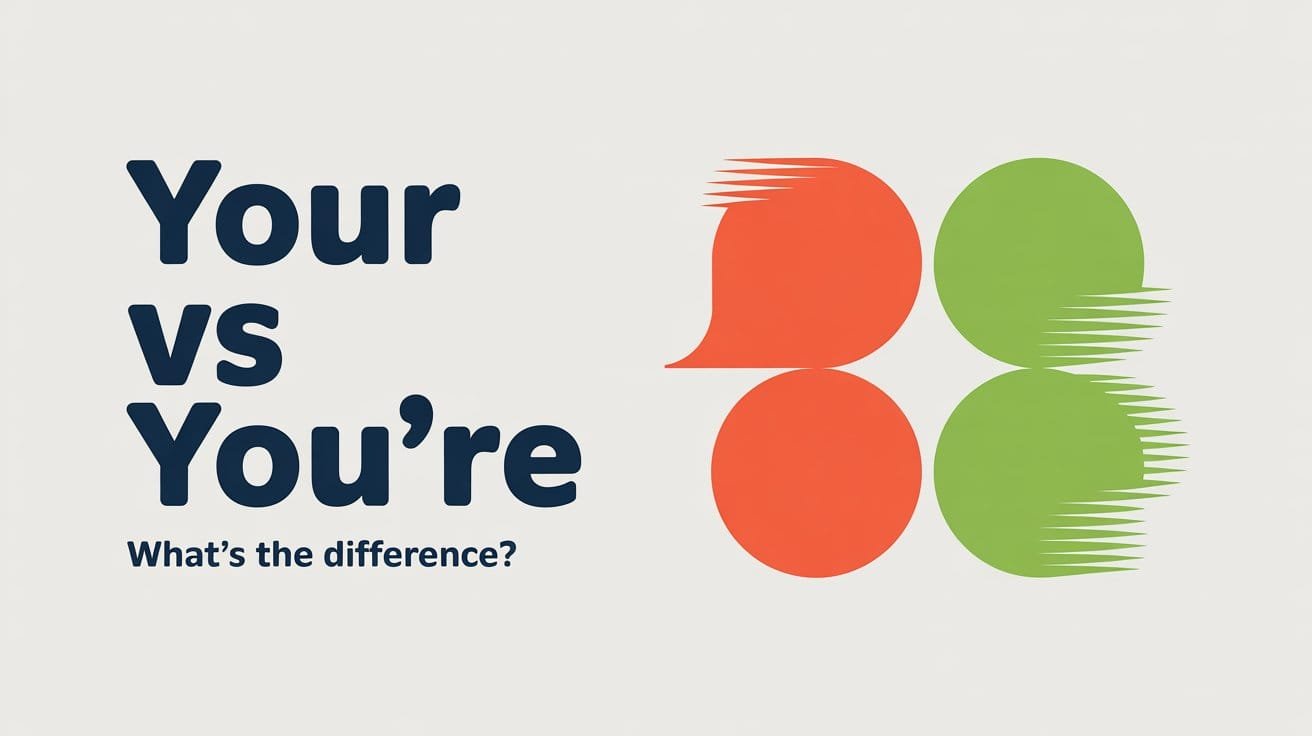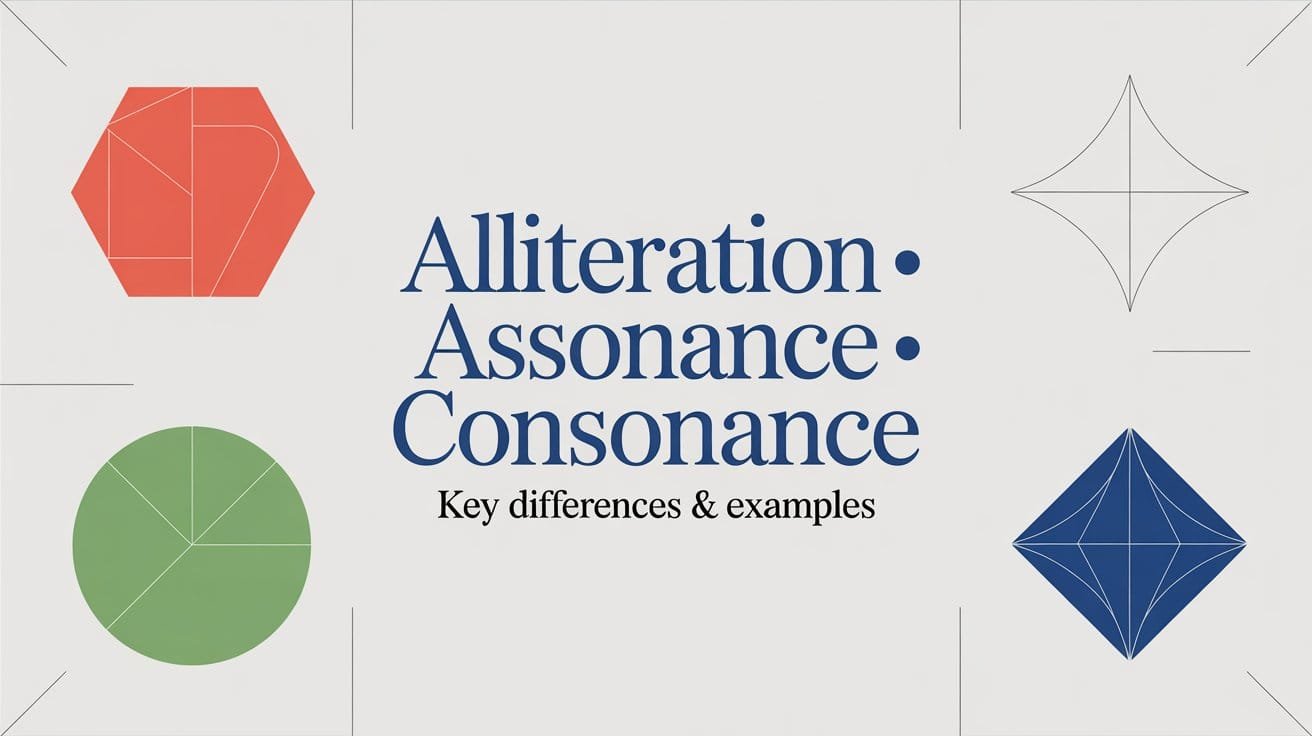The ellipsis (…), often called the dot, dot, dot, is one of the most expressive punctuation marks in English. It can show that words have been left out, that someone trails off mid-thought, or that a pause adds tension or hesitation.
Writers use the ellipsis in both formal and informal settings. In formal writing, it signals omission (as when shortening a quotation), while in creative or conversational writing, it reflects silence, uncertainty, or suspense.
Used carefully, the ellipsis helps control tone and pacing, letting you decide what’s said and what’s left unsaid. But if overused, it can make writing feel vague or overly dramatic. In this guide, we’ll look at what an ellipsis means, how to use it correctly, and how it differs from other punctuation marks.
What Is an Ellipsis?
An ellipsis is a punctuation mark made up of three evenly spaced dots (…). It’s used to indicate that something has been left out, paused, or unfinished in a sentence. The term comes from the Greek word elleipsis, meaning “omission” or “falling short,” which perfectly describes its purpose in writing.
The ellipsis can serve different tones depending on context. In formal writing, it’s a tool for omission and shows that part of a quotation or sentence has been removed without changing the meaning. In creative or conversational writing, it can express hesitation, suspense, or emotional reflection.
Examples:
- “The experiment proved…” (something more follows or has been omitted)
- “I was thinking… maybe we should wait.” (shows hesitation)
- “And then… nothing happened.” (creates suspense or trailing silence)
In essence, the ellipsis marks what’s missing, whether that’s a word, a pause, or an unspoken thought. It gives writers a way to leave space for interpretation while keeping the rhythm of the sentence intact.
How to Use an Ellipsis in Writing
The ellipsis is surprisingly versatile. It can shorten a quotation, mimic hesitation in dialogue, or suggest an unfinished thought. The meaning depends on where and how it appears. When used thoughtfully, it adds rhythm and realism to writing; when misused, it creates confusion or weakens tone.
Let’s look at how to use ellipses effectively in writing.
To Show Omission in a Quotation
In formal or academic writing, an ellipsis replaces the words you’ve intentionally left out from a quotation. This helps make the quote concise without changing its meaning.
Example:
- Original: “The results of the experiment, which were carefully recorded over six months, confirmed the hypothesis.”
- With omission: “The results of the experiment … confirmed the hypothesis.”
Here, the ellipsis shows that part of the original sentence was removed, but the key message remains intact. Always make sure that the omission doesn’t distort the writer’s original intent.
To Indicate a Pause or Hesitation
In creative or conversational writing, an ellipsis often reflects a natural pause in thought or speech. It’s useful in dialogue to show uncertainty, hesitation, or trailing speech.
Examples:
- “I’m not sure… maybe we should wait.”
- “Well… that’s one way to put it.”
- “I thought he said…” (speaker trails off, leaving the rest unsaid)
This use gives sentences a more natural rhythm and emotional nuance, helping readers “hear” the speaker’s tone.
To Suggest an Unfinished Thought or Ongoing Action
Sometimes, writers use an ellipsis to show that a sentence or idea continues beyond what’s written—as if the speaker is thinking aloud or fading away.
Examples:
- “If only she had listened…”
- “Maybe someday…”
- “And just like that…”
It leaves the thought open-ended, creating a sense of reflection, mystery, or emotional weight. When used correctly, the ellipsis adds subtlety—it doesn’t say everything outright but invites the reader to fill in what’s missing.
Formatting Rules for the Ellipsis
The ellipsis is simple in appearance, just three dots. However, using it correctly depends on punctuation style and sentence structure. These rules help you format it clearly and consistently across different types of writing.
Always Use Three Dots — No More, No Less
An ellipsis always consists of three dots ( … ), not two, four, or five. Adding extra dots is a common mistake.
Correct: I thought I saw him … but maybe not.
Incorrect: I thought I saw him …… but maybe not.
Extra dots distract the reader and make the writing look unpolished.
Include Spaces Before and After (When Needed)
Most modern style guides (like Chicago and MLA) recommend spacing before and after an ellipsis when it appears between words.
Example: She looked away … unsure what to say.
If the ellipsis ends a sentence, no extra period is needed—the final dot counts as the period.
Example: I waited …
But if it’s used after a full sentence within a quotation, include both the period and the ellipsis.
Example: “He said it was finished. … But it wasn’t.”
Typing an Ellipsis
You can type an ellipsis in several ways:
- On Windows:
Alt + 0133 - On Mac:
Option + ; - In Word or Google Docs**, simply type three periods (…) and most programs will format them automatically.
British vs. American Style
In American English, the ellipsis is usually written with spaces on both sides (She paused … then smiled).
In British English, the dots often appear without spaces (She paused…then smiled).
Both are correct. The key is consistency within your document.
Avoid Combining with Other Punctuation
Don’t add commas, exclamation marks, or question marks directly after an ellipsis unless they’re part of the intended tone. The ellipsis should stand on its own to create the pause or omission naturally.
Correct: “You mean… you knew?”
Incorrect: “You mean…? you knew?”
Formatting an ellipsis correctly makes your writing look intentional and professional. Whether you’re creating a pause or trimming a quote, precision matters even with something as small as three dots.
Avoid Overuse or Misuse of Ellipses
The ellipsis is effective because it leaves space for silence, thought, or emotion. But when used too often, it loses that subtle power and makes writing feel vague or incomplete.
Use ellipses sparingly to create pauses or omissions that truly matter. In formal writing, rely on them only for legitimate omissions in quotations. In creative or conversational writing, use them to shape tone—not as a replacement for commas, periods, or dashes.
Examples:
- Overused: I was thinking… maybe… we could… go later… if you want…
- Better: I was thinking—maybe we could go later.
Too many ellipses can make sentences drift. A well-placed one, though, gives readers a natural pause and a sense that something is deliberately left unsaid.
Ellipsis vs. Other Punctuation Marks
At first glance, the ellipsis (…), the dash (—), and the period (.) might seem similar—they all signal some kind of pause or break. But the type of pause they create changes the rhythm, tone, and meaning of a sentence.
The period brings a sentence to a clear and definite end. It closes the thought completely, leaving no space for uncertainty or continuation.
For example: She turned away. The conversation was over.
The tone is final. The reader knows the moment has ended.
The dash, on the other hand, adds energy and surprise. It marks a sudden change in direction, a contrast, or an interruption. It’s stronger and sharper than an ellipsis.
She turned away—but then stopped at the door.
Here, the dash gives movement and tension, signaling that something unexpected happens right after the pause.
The ellipsis, however, is much softer. It doesn’t end or interrupt; it allows the thought to fade or remain unfinished. It creates a pause that feels uncertain, emotional, or reflective.
She turned away… and said nothing more.
This version leaves space for silence or emotion—the kind of pause that feels human and unsaid, not final.
In short, these marks all pause the reader in different ways: the period stops the sentence completely, the dash breaks it suddenly, and the ellipsis lets it drift away. Choosing the right one shapes not only your grammar but also the mood of your writing.
Quick Reference Table — Ellipsis Rules at a Glance
Here’s a simple overview of how the ellipsis (…) works in different contexts.
| Use | Purpose | Example |
|---|---|---|
| Omission | To remove unnecessary words in a quotation | “The results … were conclusive.” |
| Pause or hesitation | To mimic a natural pause in thought or speech | “I was thinking… maybe tomorrow.” |
| Unfinished idea | To show that a thought trails off or remains unsaid | “If only she knew…” |
| Emotional pause | To add subtle tension or emotion | “He wanted to speak… but couldn’t.” |
Frequently Asked Questions (FAQs)
How many dots are in an ellipsis?
An ellipsis always has three dots ( … ), no more and no less. Adding extra dots (like “……”) is incorrect and makes writing look unpolished.
Should there be spaces before or after an ellipsis?
It depends on the style guide you follow:
In American English, a space usually appears before and after the ellipsis (She paused … then continued).
In British English, the ellipsis is often written without spaces (She paused…then continued).
Choose one style and keep it consistent throughout your writing.
Can I end a sentence with an ellipsis?
Yes—if the thought is intentionally left open or unfinished. Example: “Maybe someday…” However, don’t use ellipses to replace periods in normal sentences.
Is it okay to use ellipses in formal writing?
In formal or academic writing, ellipses are used mainly to omit words from quotations. Example: “The study … found consistent results.”
In creative or conversational writing, you can use them to express pauses or hesitation, but sparingly.
What’s the difference between an ellipsis and suspension points?
They’re the same mark—three dots that indicate omission or trailing thought. The term suspension points is more common in British English, while ellipsis is preferred in American English.
Can I use multiple ellipses in one paragraph?
You can, but use them strategically. Too many ellipses slow the rhythm and make text seem uncertain or overly dramatic. Reserve them for genuine pauses or omissions that serve a purpose.



